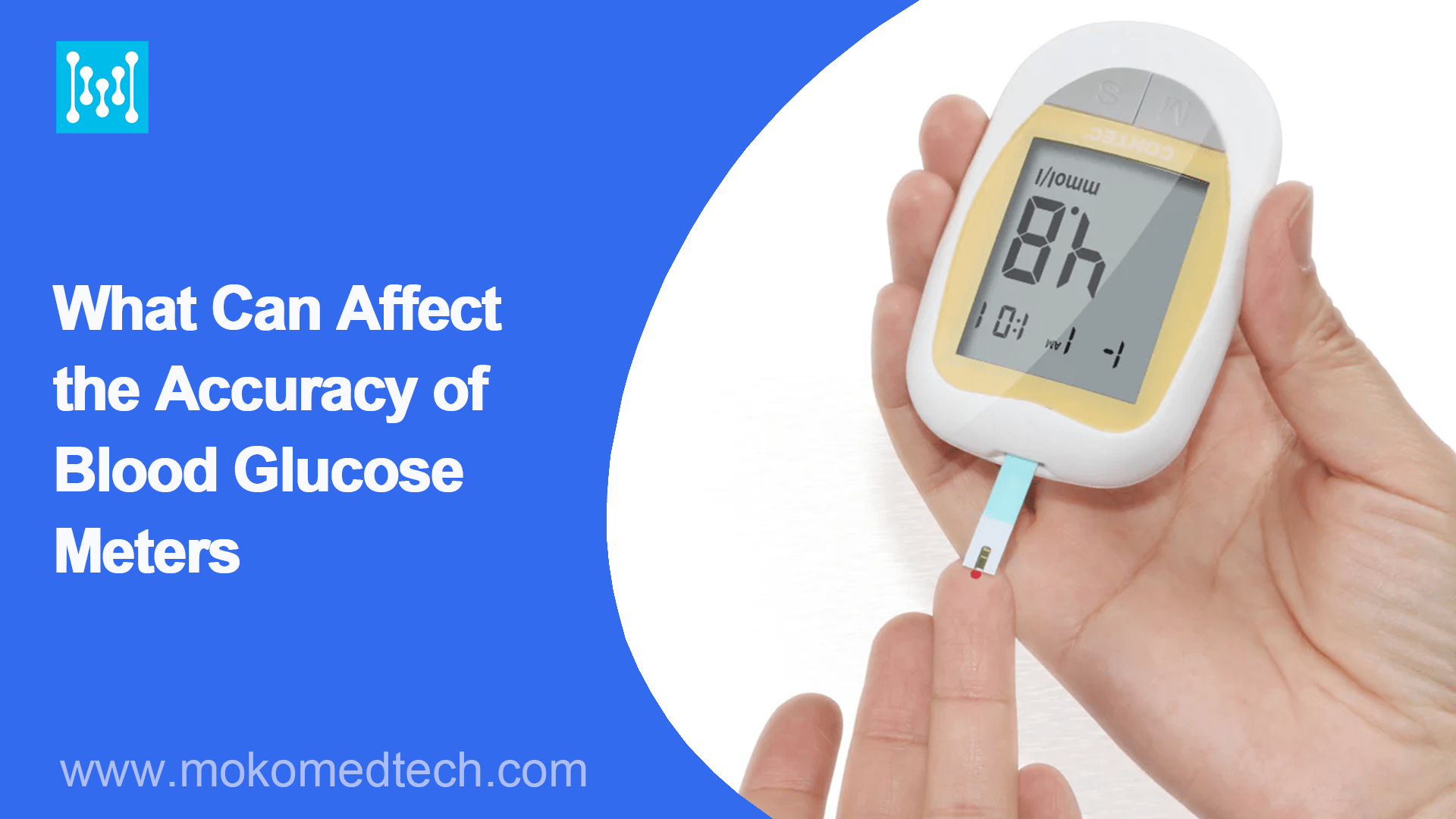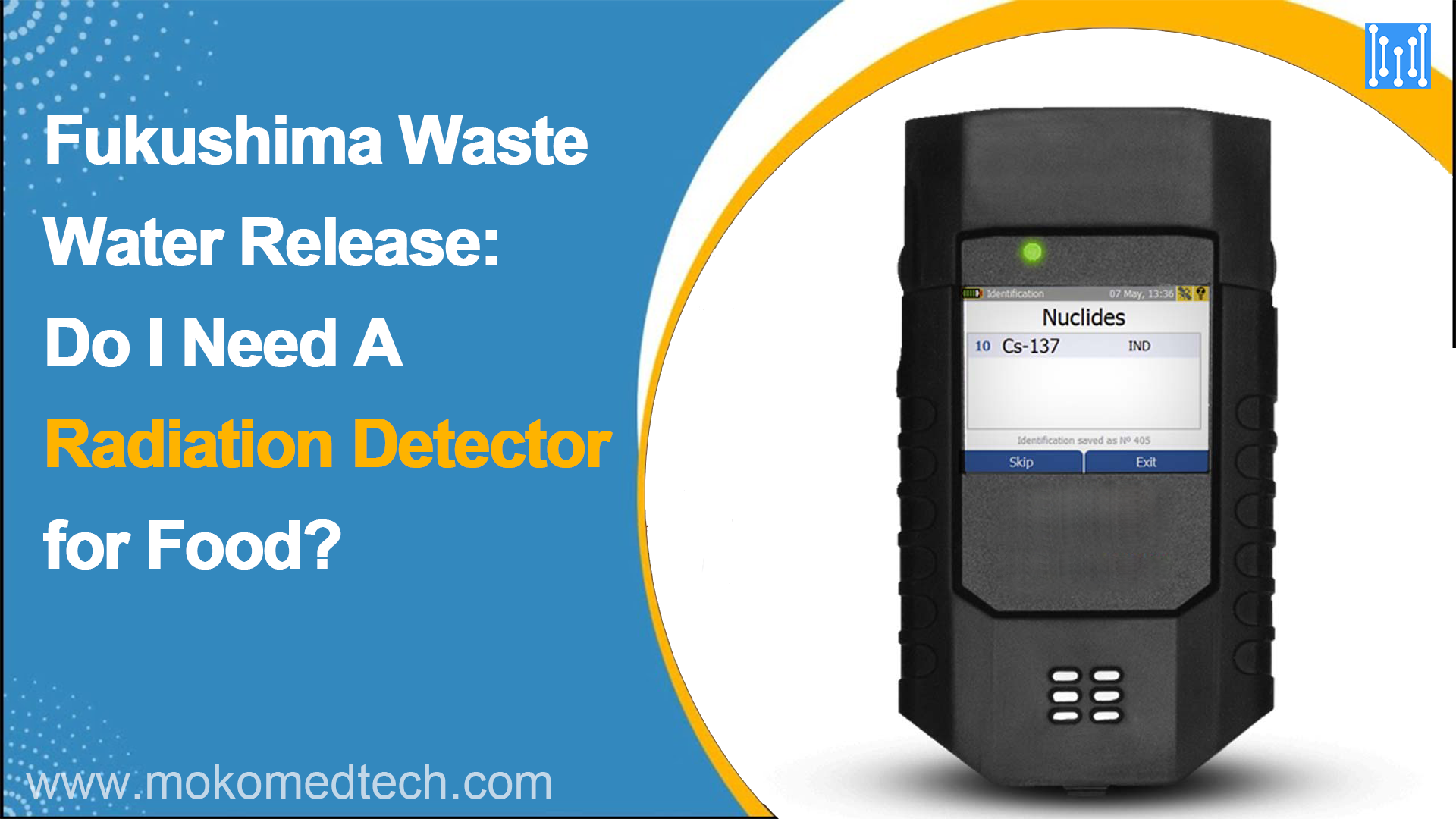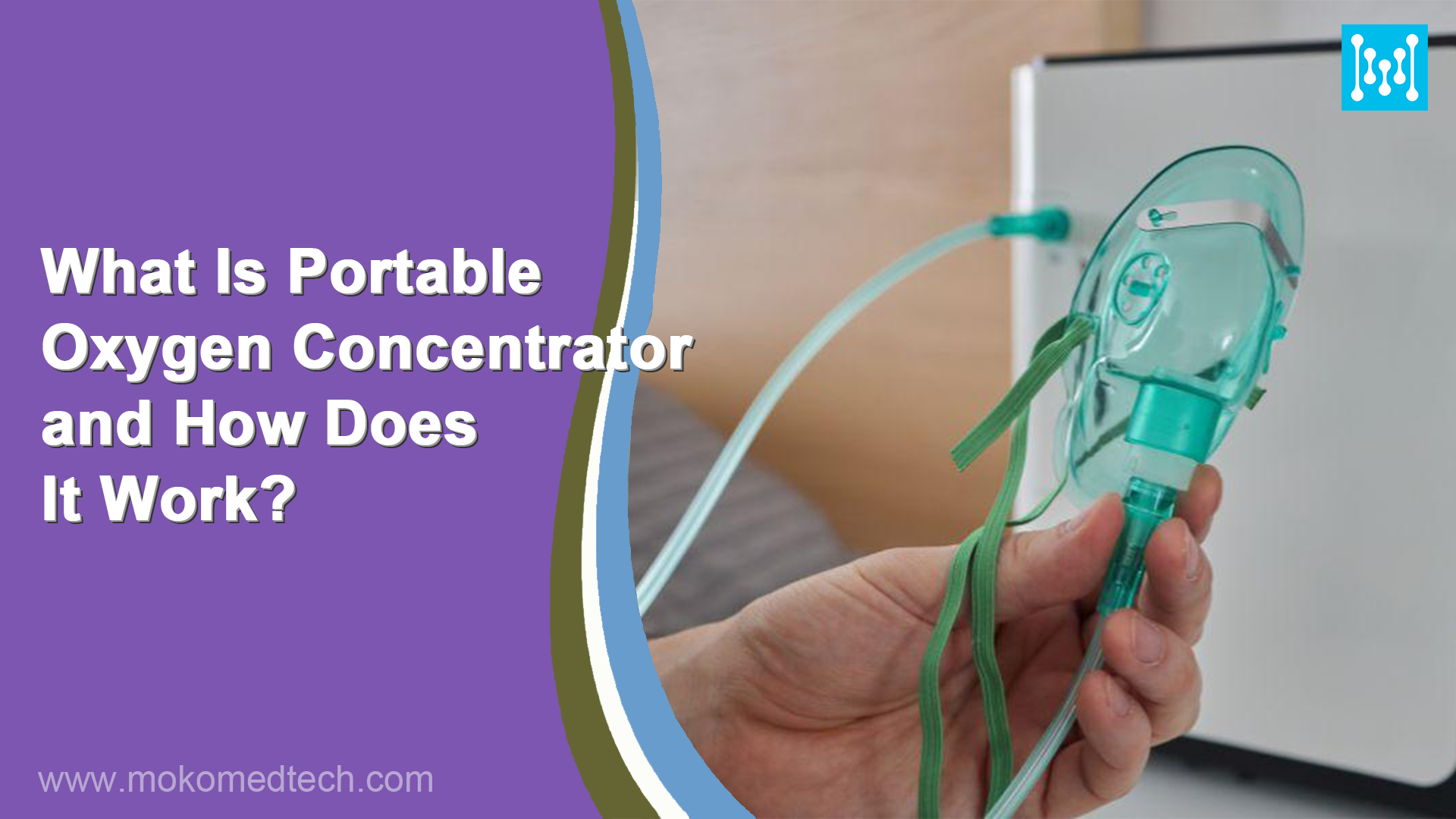With the continuous diffusion of Canadian wildfire smoke, more and more people have been affected under respiratory health. As a medical device manufacturer with great experience, we suggest home nebulizer treat. On the one hand, it reduces your exposure to the polluted air on the way to the hospital. On the other hand, it has wonderful a treatment effect on respiratory disease.
When Would I Need A Nebulizer Treatment
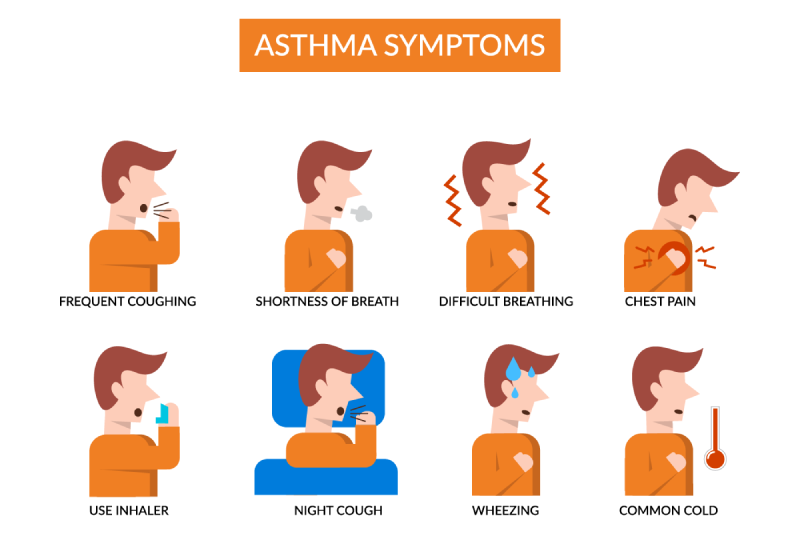
Nebulizer Treat Asthma
In general, patients who have asthma will have symptoms of chest tightness, shortness of breath, and cough. The main factors of asthma are mainly heredity and environment. It is not easy to cure, but it can be treated with drugs. After standardized treatment, the symptoms of 80% of patients can be controlled clinically.
One of the useful solutions to cure asthma is nebulizing therapy. Patients are treated by aerosol inhalation, so the drug can enter the lung tissue along with the respiratory tract to exert its medicinal effect. Since the atomized particles are generally relatively small, they can be quickly absorbed and utilized by local tissues. Thus, it can directly relieve cough, reduce inflammation and relieve asthma. At the same time, because the nebulization treatment allows the drug to directly reach the respiratory lesions, it can effectively reduce some unnecessary side effects. For example, it avoids the irritation of the gastrointestinal mucosa caused by oral administration.
Nebulizer Treat Cysitc Fibrosis
Cystic fibrosis is an inherited disease, mainly caused by gene mutations. Thus, CF, an autosomal recessive inheritance, cannot be cured to some degree. However, patients can be comforted if using nebulizer.
When the CFTR gene mutation occurs, the CFTR protein cannot be synthesized or folded abnormally, resulting in transport disorders. Then, the epithelial cells secrete less chloride ions and water. Meanwhile, it is accompanied by increased sodium ion reabsorption, leading to a hypertonic environment in epithelial cells. Therefore, the thickness of the epithelial fluid layer is reduced, which leads to viscous respiratory secretions. And that’s the reason why CF causes respiratory obstruction and disease.
Nebulizer can also reduce CF symptoms and improve life quality of patients. As directed by the doctor, the patient can use a bronchodilator for nebulized therapy. These drugs act directly on the trachea through nebulization, which can open the patient’s airway and make daily breathing more smooth.
Nebulizer Treat COPD
COPD, clinically known as chronic obstructive pulmonary disease, is a form of emphysema with airflow obstruction features. Most of the predisposing factors are long-term smoking, inhalation of dust and chemical substances, etc. If not treated in time, it can further develop into chronic diseases such as pulmonary heart disease and respiratory failure.
Nebulizer inhalation therapy has a good therapeutic effect on COPD. And patients are supposed to choose drug treatment according to the doctor’s advice. Drugs that dilate airways can be administered via aerosol to treat emphysema. This can improve the ventilation function of the trachea and relieve the symptoms of dyspnea caused by emphysema.
If the patient has symptoms of infection with excessive phlegm, antibacterial and anti-inflammatory drugs need to be added according to the doctor’s advice. It is believed that the atomization treatment of these two drugs will greatly reduce the symptoms of emphysema and COPD such as cough, wheezing, and increased sputum.
Nebulizer Treat Pheumonia
Caused by pathogens such as bacteria and viruses, pheumonia is often accompanied by typical symptoms of cough and fever. Some bacteria that cause pneumonia can already be transmitted through droplets, such as Covid-19, though most patients can recover after treatment.
Since atomized inhalation has local anti-inflammatory effect, it is also beneficial to the patient’s expectoration and local anti-inflammation. The main thing is to add the drug into the nebulizer, turn it into relatively fine particles. Then, the patients inhale it into the trachea and lungs through breathing movements, allowing the drug to play a local therapeutic role on the alveolar and bronchial mucosa.
Nebulizer Treat Severe allergic reactions
Allergic symptoms are more likely to relapse, but the causes of allergies are complicated. Nebulization treatment can be carried out twice a day if suffering severe allergic reactions.
Be careful not to touch the things you are allergic to. Moreover, it is advisable to take anti-allergic drugs nebulization for prevention according to the doctor’s advice. Last but not least, it is recommended to check for allergens that should be avoided in the future.
Nebulizer Treat Coughing spells
When patients have cough symptoms, they can be treated by nebulization, too. During nebulization, a nebulizing device is used to disperse the drug into tiny mist or particles, which are then suspended in the gas and inhaled into the patient’s lungs. As for using medication, patients should follow the guidance of a professional doctor.
In addition to nebulizer therapy, patients with coughs need to manage their personal diet. Please eat less spicy and irritating food, so as to avoid aggravating the patient’s condition.
Nebulizer Treat Shortness of Breath
When patients suffer from shortness of breath due to bronchospasm, try nebulization. Sometimes, patients with bronchitis have a severe cough. This is mostly induced when itching, cold air and irritating dust are inhaled. In this case, aerosolized corticosteroids can be inhaled based on doctor’s device.
How to Use Nebulizer

Dosing
Add medicine to the nebulizer according to the doctor’s advice. If necessary, dilute the medicine with normal saline. It is not allowed to increase or decrease the dosage at will. If there is any remaining medicine, it is recommended to store it in a refrigerator at 2-8°C for no more than 24 hours, so as not to affect the efficacy of the medicine.
Inhalation of Drugs
Turn on the power, hold the nozzle with your mouth after the indicator light is on. Then inhale the nebulized drug until the aerosol disappears.
It is advised that patients avoid eating 30 minutes before nebulization treatment to fully clear airway secretions.
Please keep sitting position during nebulizing inhalation. If the patient cannot take a sitting position, the head can be raised to 30° with the chest. For example, infants and young children can be in a semi-sitting position. In addition, the hand-held nebulizer should be kept vertical to the ground to avoid spillage of the liquid medicine.
Cleaning and Maintenance
After the atomization treatment, all accessories of the atomizer must be rinsed with warm water and dried. After they are completely dry, please reassemble the atomizer.
Precaution
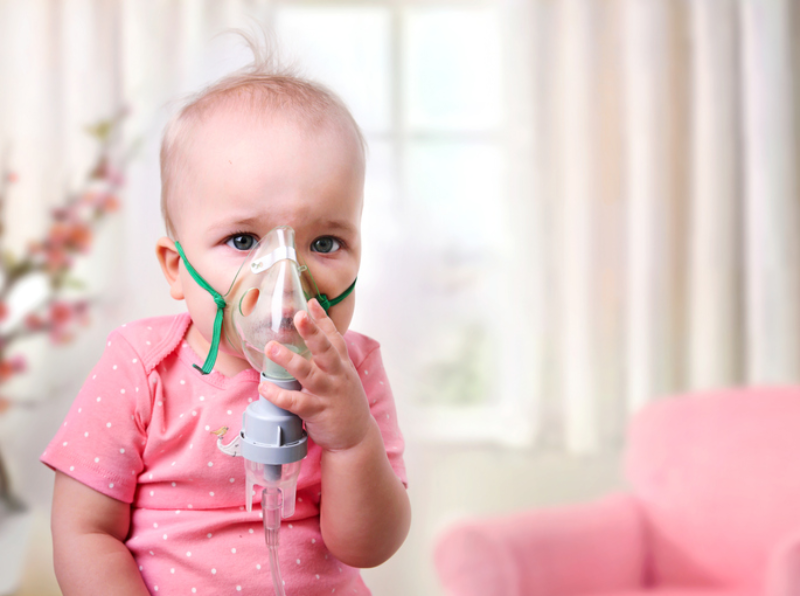
- Patients should avoid excessive eating half an hour before nebulization treatment. Moreover, oral secretions and food residues must be cleared in time. So as not to hinder the inhalation of mist droplets.
- Before nebulization treatment, patients need to fully clear the respiratory secretions. If there are too many secretions in the respiratory tract, it is recommended to knock on the back and cough up sputum.
- If the nebulizer is new, you can blow it only with air for about three minutes to dissipate the odor remaining in the lumen during manufacturing.
- During the nebulization process, if the patient develops symptoms of pale complexion and hypoxia, the treatment should be stopped immediately.
Conclusion

All in all, nebulizer is a great medical device to treat respiratory disease. If you need to customize a batch of home nebulizers, please feel free to contact us to get a sample. Let’s care about the worldwide respiratory health issue together.
Continue reading as follows

